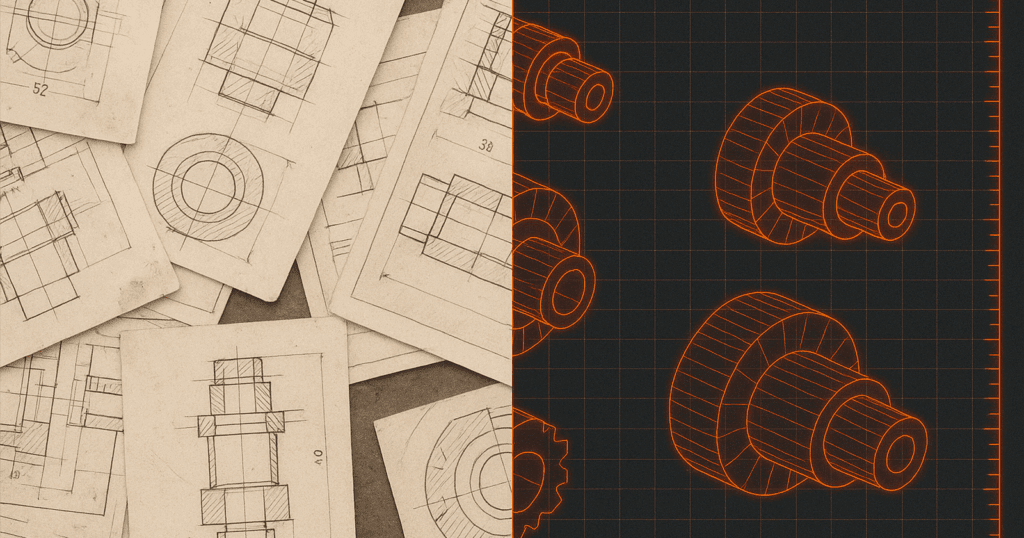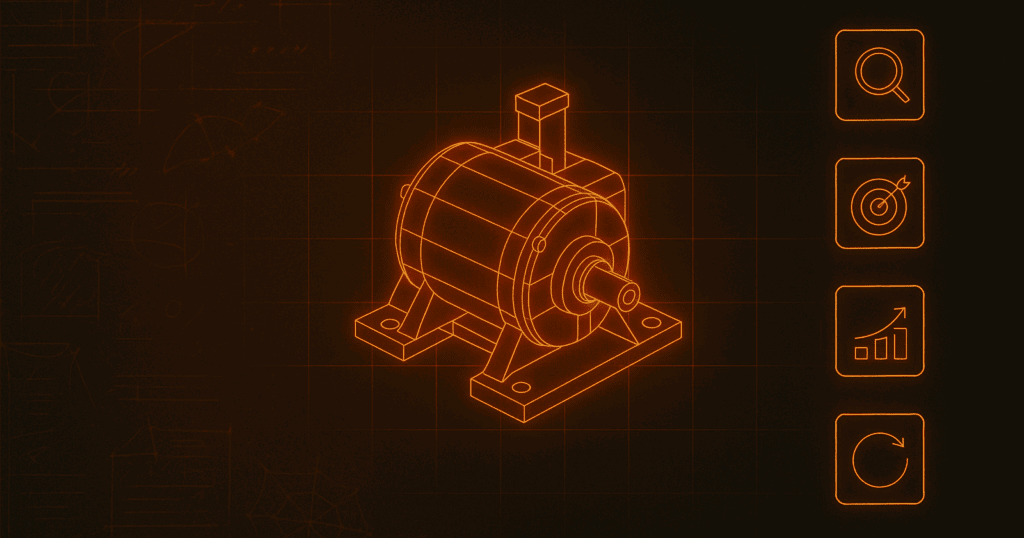Abstract
Digital transformation has become a buzzword in nearly every engineering department, often accompanied by excitement, confusion, or hesitation. Some teams view it as a complete overhaul that demands new technology, new habits, and massive budgets. Others dismiss it as an overused term with little substance. The truth lies somewhere between hype and hesitation. This article separates myths from facts to explore what digital transformation really means for modern engineers — and why, when done right, it’s not a trick but a genuine treat for innovation, collaboration, and long-term success.
Myth 1: Digital Transformation = Buying New Software
The Myth
“Once we install new tools, we’re digitally transformed.”
The Reality
Digital transformation isn’t a single purchase or upgrade. It’s an ongoing process that blends technology, people, and culture. Many organizations mistakenly assume that adding new software automatically modernizes their operations. In reality, transformation requires a shift in mindset and process alignment.
For engineering teams, the real value comes from connecting design, data, and decision-making. That means reducing duplicate work, improving revision tracking, and creating digital continuity from CAD to manufacturing. New tools can help, but only if they support collaboration and visibility.
A team using SOLIDWORKS or CATIA might begin by linking their CAD systems to a shared digital environment. The result? Engineers, project managers, and manufacturers gain simultaneous access to real-time models, cutting out the confusion of outdated versions and scattered data.
Myth 2: Digital Transformation Eliminates Engineering Jobs
The Myth
“If everything becomes digital or automated, engineers won’t be needed.”
The Reality
This misconception has persisted for decades, from the introduction of CAD to the rise of automation. In truth, digital transformation doesn’t eliminate roles — it reshapes them. Automation removes repetitive administrative tasks, empowering engineers to focus on analysis, design optimization, and creative problem-solving.
Digital systems can automatically manage file naming, revisions, and access rights. Instead of spending time searching for “the correct version,” engineers can spend that energy testing simulations, improving part geometry, or designing with sustainability in mind.
A mechanical engineer working with a connected platform can instantly access simulation data, supplier feedback, and version history without leaving their CAD interface. The result is faster decisions and higher job satisfaction, because the focus shifts back to innovation.
Myth 3: It’s Only for Big Companies with Big Budgets
The Myth
“Digital transformation is only realistic for global enterprises.”
The Reality
While large organizations may lead the conversation, smaller companies often experience the biggest gains. With fewer layers of approval and more agility, small to mid-sized firms can adopt new digital workflows faster and often at lower cost.
Today’s digital transformation tools are designed to scale. Whether a company wants to manage CAD data, integrate simulation, or improve document control, there are modular systems that grow with the business. A small engineering consultancy can achieve the same level of data integrity and traceability as a global manufacturer, simply by implementing connected solutions at the right pace.
Tip: Start small. Digitize one process, like design review or change request tracking, and let the success ripple through the organization.
Myth 4: Engineers Must Completely Change the Way They Work
The Myth
“To transform digitally, our entire process must start from zero.”
The Reality
Digital transformation doesn’t erase what works, it enhances it. The goal is not to rebuild your workflow from the ground up but to eliminate friction and connect existing tools more intelligently.
For example, teams that use SOLIDWORKS can connect to data management systems that track every version, approval, and feedback note, all without changing how engineers model parts. The software supports existing habits while removing the pain points that cause delays and miscommunication.
Think Evolution, Not Revolution
- Keep using your CAD tools, but automate repetitive document management.
- Maintain established workflows, but introduce traceability.
- Continue collaborating as before, but ensure all data stays synchronized across departments.
Myth 5: Digital Transformation Is All About Cloud Platforms
The Myth
“If we’re not fully cloud-based, we’re falling behind.”
The Reality
Cloud technology plays a major role in digital transformation, but it’s not a one-size-fits-all solution. Many engineering firms rely on hybrid models — a mix of cloud accessibility and on-premises performance. The right balance depends on project complexity, IT infrastructure, and security needs.
Cloud systems are ideal for collaboration, supplier access, and project management, while local systems often excel in high-performance computing tasks like simulation or rendering. The most advanced organizations use both, creating flexibility without compromising data security.
Practical Steps Toward Digital Transformation
Many engineering teams struggle to know where to begin. The key is to approach digital transformation as a phased strategy rather than a single milestone. Every successful transformation starts with small, measurable steps that build momentum.
Assess the Current State: Identify bottlenecks in communication, version control, or design validation.
Define Clear Goals: Do you want faster approvals? Better traceability? Improved collaboration? Set specific, attainable objectives.
Choose Scalable Solutions: Adopt digital tools that align with your team’s size, complexity, and long-term growth.
Invest in Training: Software is only as effective as the people using it. Upskilling ensures adoption and confidence.
Iterate and Improve: Treat digital transformation as continuous improvement, not a one-time change.
By adopting this gradual, structured approach, companies reduce disruption and gain lasting benefits. Small wins (like linking CAD to PDM or automating revision history) quickly demonstrate the value of transformation across the entire organization.
What Actually Drives Innovation in Modern Engineering
Innovation isn’t spontaneous; it’s a product of clarity, connection, and collaboration. Digital transformation enables these by giving engineering teams complete control of their data while improving access and insight.
| Driver | Impact |
|---|---|
| Centralized data | Eliminates confusion and version overlap |
| Real-time collaboration | Teams connect instantly, across any location |
| Simulation-driven design | Cuts time and cost from prototyping |
| Traceability and compliance | Ensures every decision is documented and auditable |
| Continuous improvement mindset | Encourages learning and iterative development |
When engineers can share insights instantly and iterate faster, ideas turn into tested prototypes sooner. This speed, paired with traceability, builds a foundation of innovation that lasts — not a quick fix or trend.
Where Technology Supports Engineers, Not Replaces Them
The real purpose of digital transformation is to support the people behind the process. Engineers remain at the heart of every innovation. Technology simply removes the noise that slows them down.
When manual version tracking, disconnected systems, or paper-based reviews disappear, creative problem-solving can thrive. Engineers can iterate faster, simulate more accurately, and bring designs to market sooner, all without sacrificing precision or quality.
Technology should never overshadow expertise; it should amplify it. The strongest companies are those that embrace human ingenuity enhanced by digital efficiency.
Final Takeaway
Digital transformation is not a trick, a buzzword, or a marketing slogan. It’s an intentional shift that connects people, processes, and data to improve every stage of engineering. Companies that invest in integration, transparency, and continuous learning don’t just stay competitive, they lead the charge toward a more intelligent, connected industry.
Transformation isn’t about replacing engineers with software. It’s about giving them the freedom to innovate.

